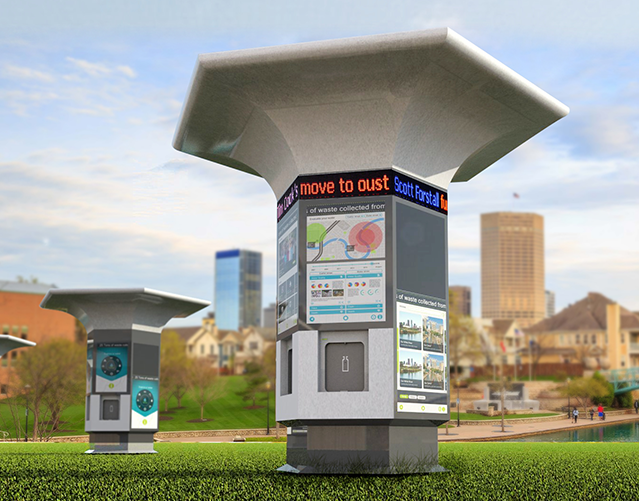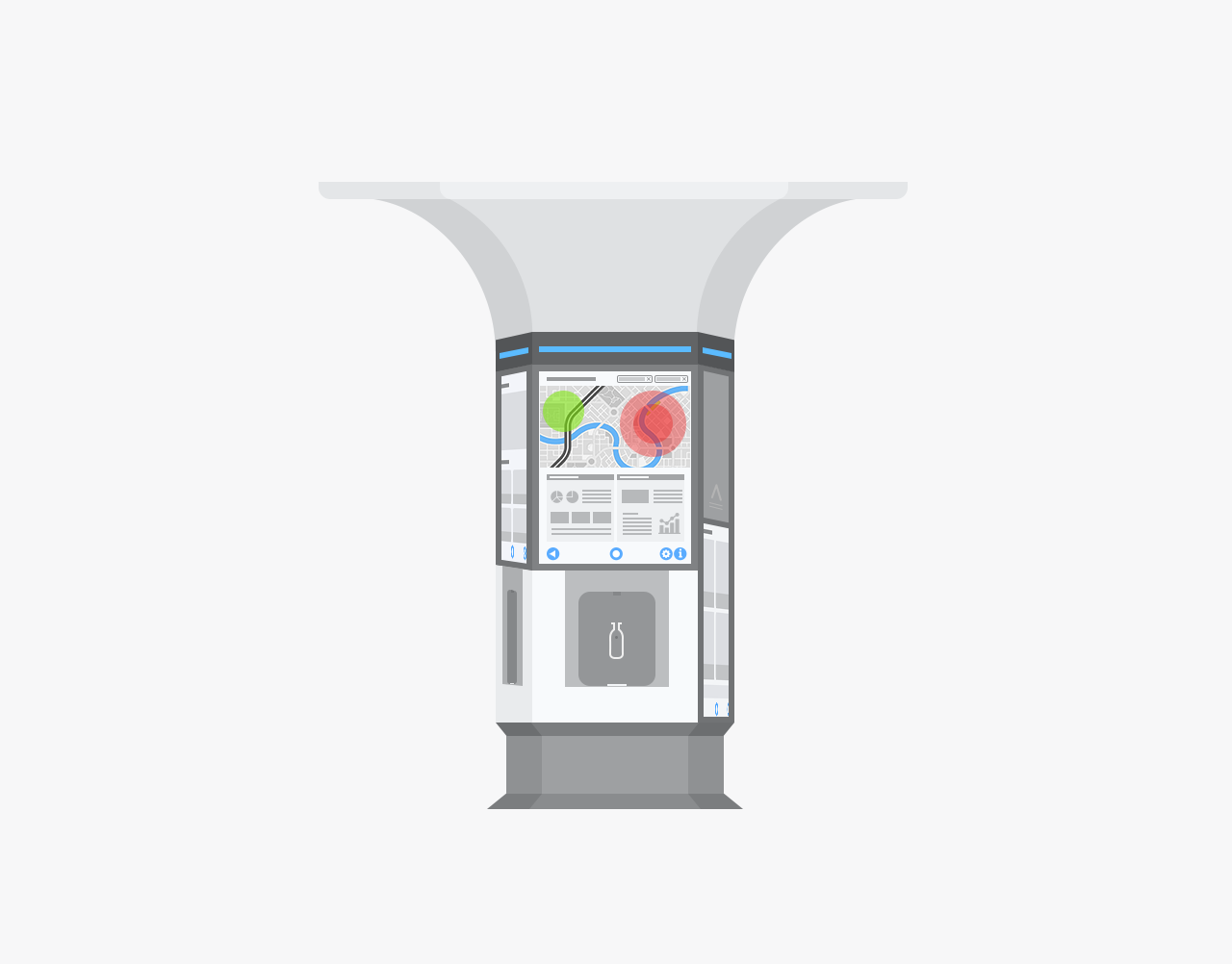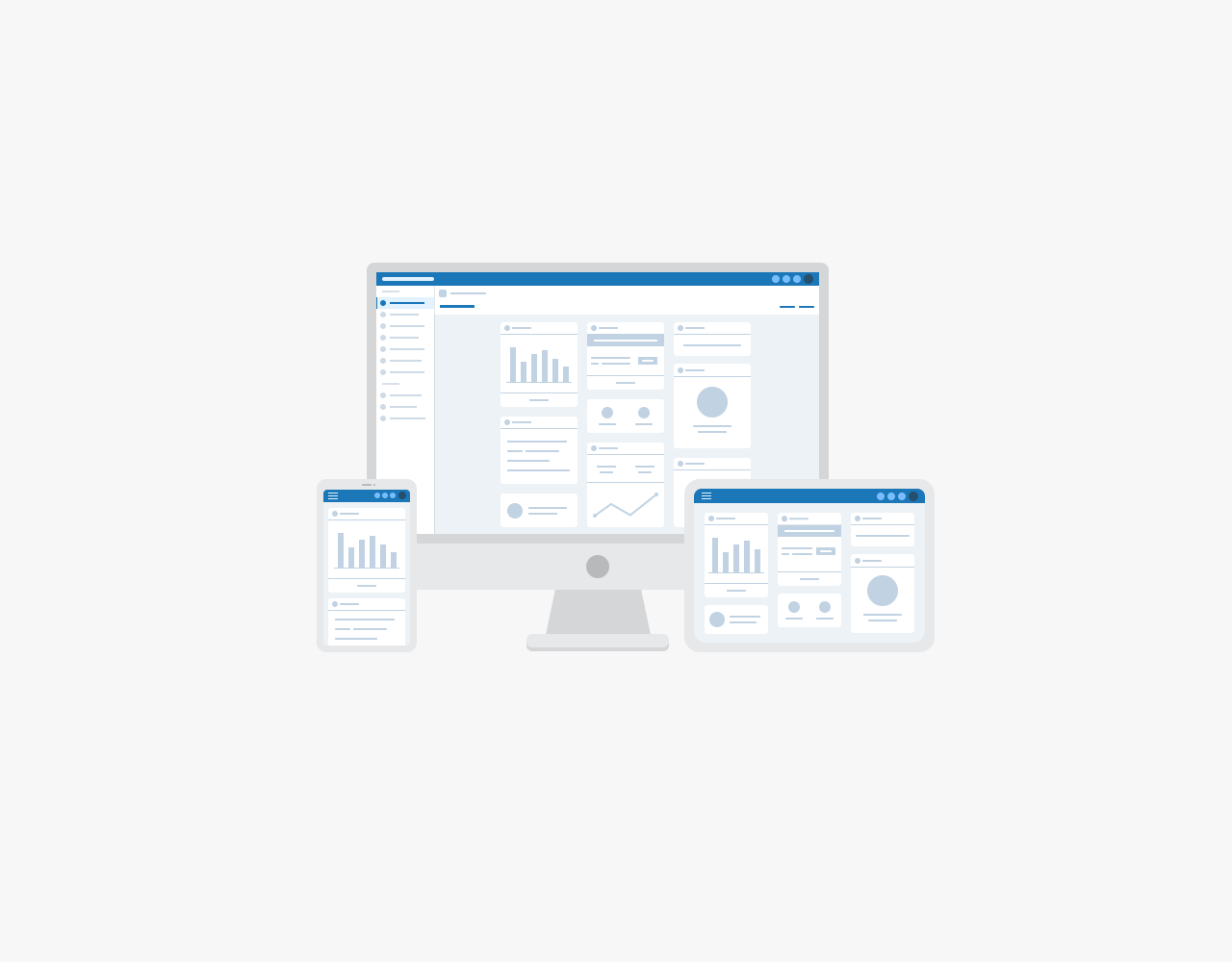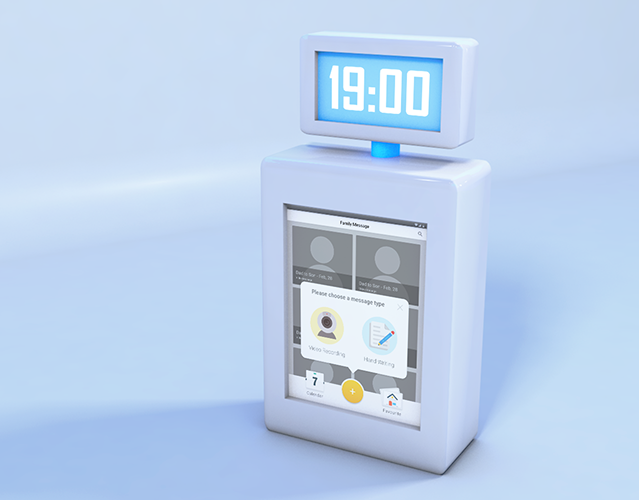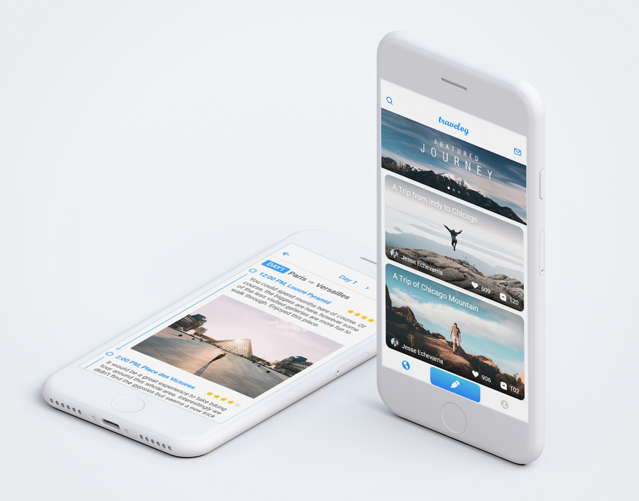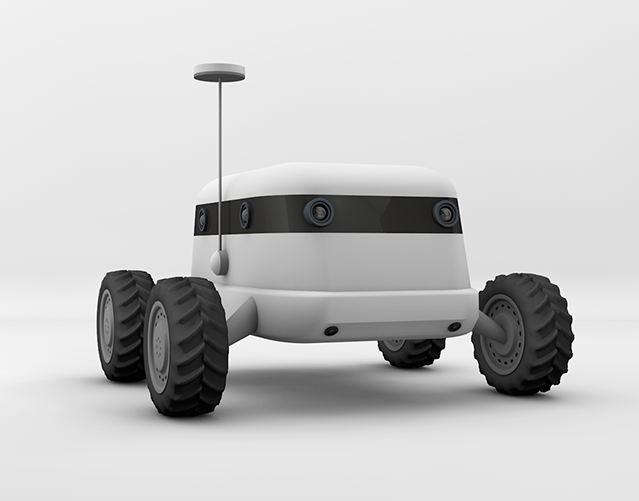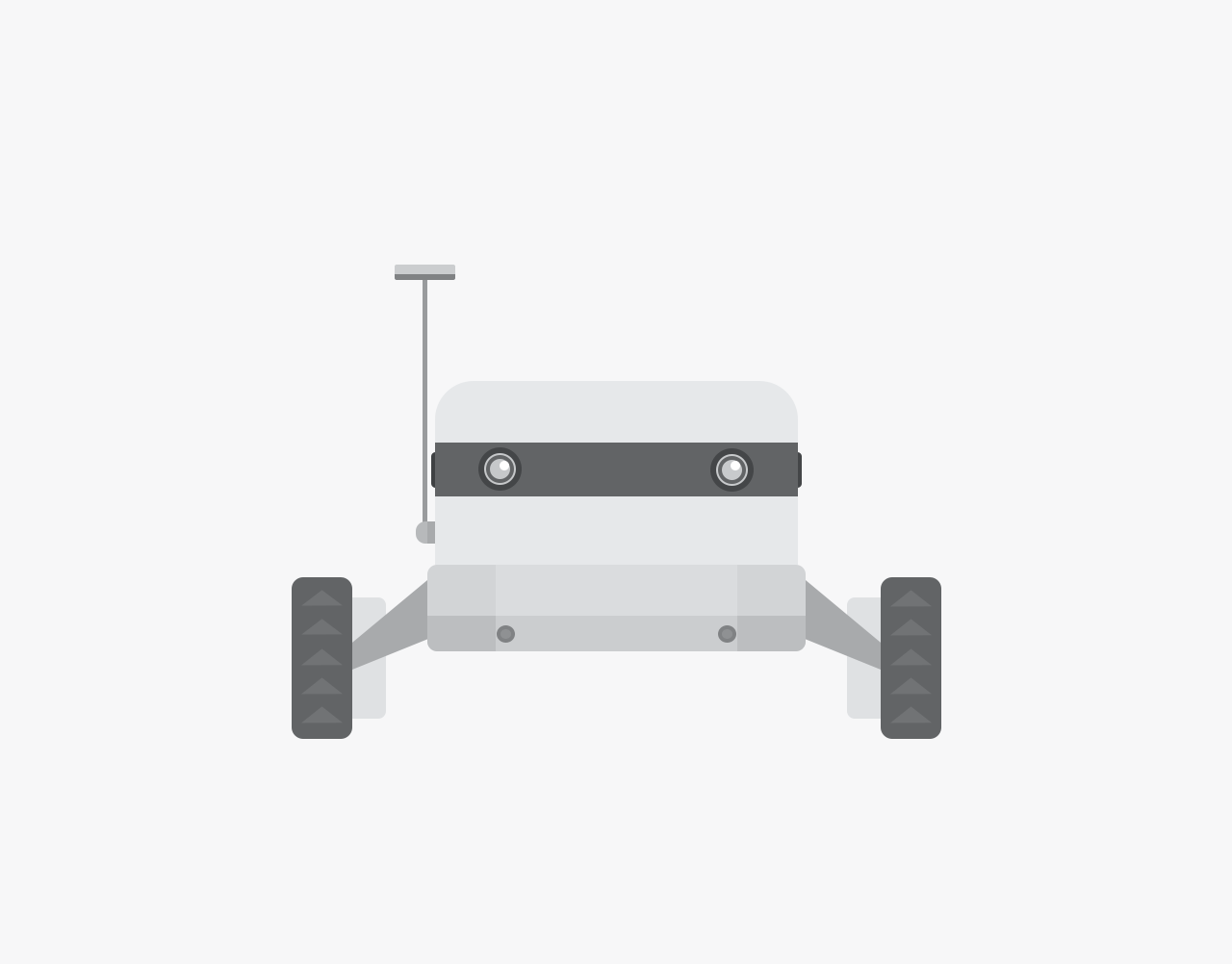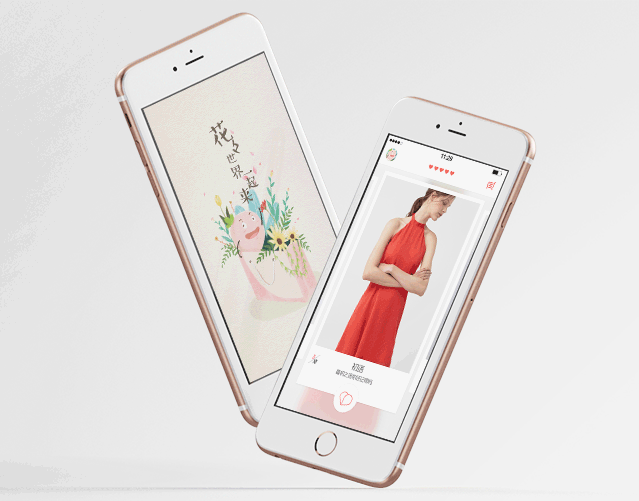Introduction
To optimize the business environment, the Guangdong government planned to improve the overall experience of the business starting process by creating an integrated online service implementing the "4Os" - Online Application, Online Acceptance, Online Review, and Online Certification. I designed the "Easily Start a Business" service based on the Guangdong Government Service Website to achieve that.
Link: https://qykb.gdzwfw.gov.cn/qcdzhdj/ (English version currently unavailable, you may check the introduction video below with caption)
Governmental Research
To achieve the "Improving the business starting experience" product goal, I need to understand the current process and problems. Because learning government affairs through search engines was challenging, I reached and discussed with a researcher familiar with the business start. In this way, I knew that to start a business, a user has to go through 4 stages sequentially which is charged by different departments:
According to a report from the researcher, although the 4 stages were clear, it was still hard to start a business through existing online services because of the flawed infrastructure of departments. Thus, users turned applications from online to offline and wasted time and energy. This is not only why the government thought the experience was terrible, but also an essential factor I must consider when designing the new service.
User Research
After governmental research, I assumed that the flawed online infrastructure was not the only factor causing the lousy experience of business start. To verify my hypothesis, I did user research to find more issues encountered by users. First, based on the information I got from the researcher, I defined 3 typical user categories of business starting services:
According to official data, the Person in Charge of SMEs was the primary user group of business starting services and accounted for over 80% of the entire user base. Thus, I decided to focus on seeking their pain points. I leveraged the researcher's observation notes, used Wechat to interview 3 of my friends who have experience starting their SMEs online, and consulted 2 business starting consultants about when people will contact them to start SMEs and for what reason. Then, I created an experience map to seek user pain points and identify design goals:
Idea Exploration
Guided by design goals, I built the service blueprint as the solution's foundation. In my initial idea, I integrated all of the stages and steps into 1 step, and users only need to fill in 1 form to collect all necessary information, then the service system will distribute corresponding information to different departments. After approval, licenses will be delivered to users, and their enterprise will be started successfully.
However, after the team discussion, I confirmed that my initial idea was not applicable. The approval of the "Business License Applying" stage is the presupposition to apply for later stages because those stages require the information on the approved Business License. But due to the API limitation, our service website can't acquire the Business License data from the Trade & Industry Bureau. Thus, users need to receive their Business License and manually fill in the information to move to other stages. Therefore, I kept my initial idea as a future alternative and generated a compromised idea - Divided the application into 2 stages and added an interval for users to receive the Business License.
This storyboard showing how my solution helping a typical user named Taylor to easily start her SME business online:
The team approved my service blueprint, and it is time to design user interfaces. Benefiting from the design spec and UI component library built by designers of the Guangdong Government Service Website, I designed the high-fidelity interfaces directly and avoided wasting time designing redundant wireframes. In addition, the visual designer had more time to design visual elements instead of replacing components.
Home Page
I first considered how users could access the "Easily Start a Business" Service through the Guangdong Government Service Website. As a bold attempt at business environment optimization, I strived for a noticeable place for this service which showing on the first screen of the Guangdong Government Service Website to get more data for analysis and iteration.
I first considered how users could access the "Easily Start a Business" Service through the Guangdong Government Service Website. As a bold attempt at business environment optimization, I strived for a noticeable place for this service which showing on the first screen of the Guangdong Government Service Website to get more data for analysis and iteration.
Service Main Page - Single Enterprise View
According to the "Guideline" design goal, the head banner embeds a cartoon guideline video that will instruct users comprehensively and vividly. Below it, an intuitive process of business start is presented, letting users know what they should do now and expect what will be next. Besides, according to the "Simplification" design goal, the 4 stages 8 steps are simplified to 2 stages 4 steps, and the last 3 steps can be applied simultaneously.
According to the "Guideline" design goal, the head banner embeds a cartoon guideline video that will instruct users comprehensively and vividly. Below it, an intuitive process of business start is presented, letting users know what they should do now and expect what will be next. Besides, according to the "Simplification" design goal, the 4 stages 8 steps are simplified to 2 stages 4 steps, and the last 3 steps can be applied simultaneously.
Service Main Page - Multiple Enterprises View
Except for the "Person in charge of SME", I also need to consider the "Person in charge of LE" and "Business starting consultant", because they are more likely to start more than one enterprise at the same time, and if they do that, the intuitive process layout won’t be an efficient way. Since these users have a relatively strong understanding of business starting, so if they try to start multiple enterprises, the intuitive starting process on the service main page will be replaced with a processing enterprise list.
Except for the "Person in charge of SME", I also need to consider the "Person in charge of LE" and "Business starting consultant", because they are more likely to start more than one enterprise at the same time, and if they do that, the intuitive process layout won’t be an efficient way. Since these users have a relatively strong understanding of business starting, so if they try to start multiple enterprises, the intuitive starting process on the service main page will be replaced with a processing enterprise list.
Form of Application
Form filling is the most tedious and annoying part, but as evidence for the government to review qualifications, users can't avoid filling out. When I designed the forms, I cooperated with government researchers to ensure the accuracy of form fields. Besides, according to the "Guideline" design goal, I decomposed complicated fill-in fields like enterprise naming and added explanatory information to guide users to fill.
Form filling is the most tedious and annoying part, but as evidence for the government to review qualifications, users can't avoid filling out. When I designed the forms, I cooperated with government researchers to ensure the accuracy of form fields. Besides, according to the "Guideline" design goal, I decomposed complicated fill-in fields like enterprise naming and added explanatory information to guide users to fill.
Furthermore, according to the "Reusability" design goal, all repeated fields in different steps will be automatically filled in based on previous information to improve efficiency and experience.
Progress Tracking
The whole process of business starting not only requires the user to operate, but the government departments also need time to review the application. Besides, as mentioned above, without the approval of Stage 1, users can't start Stage 2. Thus, I designed the tracking page in the personal center for users to track detailed progress or recover the unfinished application.
The whole process of business starting not only requires the user to operate, but the government departments also need time to review the application. Besides, as mentioned above, without the approval of Stage 1, users can't start Stage 2. Thus, I designed the tracking page in the personal center for users to track detailed progress or recover the unfinished application.
Interfaces Overview
Result
At last, the project team conducted a review meeting for me to present my design solution. All team members attended this meeting and discussed the implementation. Finally, my design was developed, published, satisfied user needs, and improved the user experience.



